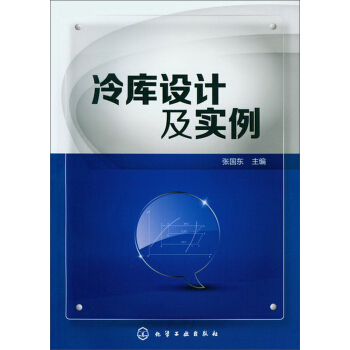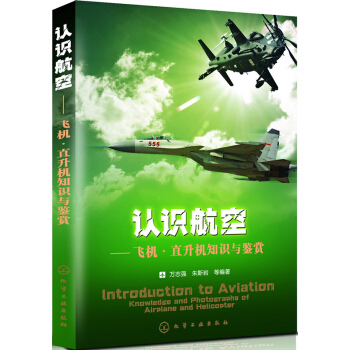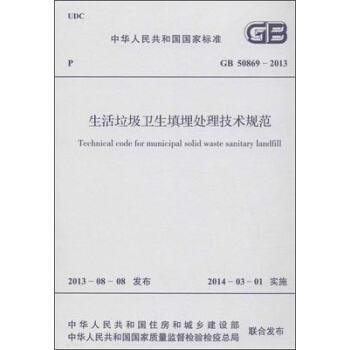![機械設計過程(英文版)(原書第4版) [The Mechanical Design Process]](https://pic.tinynews.org/10134481/4c7c661b-bef0-47bc-80a9-25be2f75f563.jpg)

具体描述
內容簡介
《機械設計過程(英文版·原書第4版)》明確提齣瞭“産品設計”的設計技術,是針對産品設計的設計思想,理論.技術和方法,而對於那些針對“機構”和“零件結構”的設計技術,隻作為基礎知識介紹。《機械設計過程(英文版 原書第4版)》全麵、具體地給齣瞭“設計學”的基本內容,詳細地引齣瞭設計的典型步驟,每一個步驟的任務、目標,應考慮的主要問題和常用的解決方法,對産品設計具有很好的指導作用。內頁插圖
目錄
序PREFACE
CHAPTER 1 Why Study the Design Process?
1.1 Introduction
1.2 Measuring the Design Process with Product Cost, Quality, and Time to Market
1.3 The History of the Design Process
1.4 The Life of a Product
1.5 The Many Solutions for Design Problems
1.6 The Basic Actions of Problem Solving
1.7 Knowledge and Learning During Design
1.8 Design for Sustainability
CHAPTER 2 Understanding Mechanical Design
2.1 Introduction
2.2 Importance of Product Function, Behavior, and Performance
2.3 Mechanical Design Languages and Abstraction
2.4 Different Types of Mechanical Design Problems
2.5 Constraints, Goals, and Design Decisions
2.6 Product Decomposition
CHAPTER 3 Designers and Design Teams
3.1 Introduction
3.2 The Individual Designer: A Model of Human Information Processing
3.3 Mental Processes That Occur During Design
3.4 Characteristics of Creators
3.5 The Structure of Design Teams
3.6 Building Design Team Performance
CHAPTER 4 The Design Process and Product Discovery
4.1 Introduction
4.2 Overview of the Design Process
4.3 Designing Quality into Products
4.4 Product Discovery
4.5 Choosing a Project
CHAPTER 5 Planning for Design
5.1 Introduction
5.2 Types of Project Plans
5.3 Planning for Deliverables The Development of Information
5.4 Building a Plan
5.5 Design Plan Examples
5.6 Communication During the Design Process
CHAPTER 6 Understanding the Problem and the Development of Engineering Specifications
6.1 Introduction
6.2 Step 1: Identify the Customers: Who Are They?
6.3 Step 2: Determine the Customers Requirements: What Do the Customers Want?
6.4 Step 3: Determine Relative Importance of the Requirements: Who Versus What
6.5 Step 4: Identify and Evaluate the Competition: How Satisfied Are the Customers Now ?
6.6 Step 5: Generate Engineering Specifications: How Will the Customers Requirement Be Met?
6.7 Step 6: Relate Customers Requirements to Engineering Specifications: How to Measure What?
6.8 Step 7: Set Engineering Specification Targets and Importance: How Much Is Good Enough?
6.9 Step 8: Identify Relationships Between Engineering Specifications: How Are the Hows Dependent on Each Other?
6.10 Further Comments on QFD
CHAPTER 7 Concept Generation
7.1 Introduction
7.2 Understanding the Function of Existing Devices
7.3 A Technique for Designing with Function
7.4 Basic Methods of Generating Concepts
7.5 Patents as a Source of Ideas
7.6 Using Contradictions to Generate Ideas
7.7 The Theory of Inventive Machines, TRIZ
7.8 Other Important Concerns During Concept Generation
CHAPTER 8 Concept Evaluation and Selection
8.1 Introduction
8.2 Concept Evaluation Information
8.3 Feasibility Evaluations
8.4 Technology Readiness
8.5 The Decision Matrix——Pughs Method
8.6 Product, Project, and Decision Risk
8.7 Robust Decision Making
CHAPTER 9 Product Generation
9.1 Introduction
9.2 BOMs
9.3 Form Generation
9.4 Materials and Process Selection
9.5 Vendor Development
9.6 Generating a Suspension Design for the Matin 2008 Mount Vision Pro Bicycle
CHAPTER 10 Product Evaluation for Performance and the Effects of Variation
10.1 Introduction
10.2 Monitoring Functional Change
10.3 The Goals of Performance Evaluation
10.4 Trade-Off Management
10.5 Accuracy, Variation, and Noise
10.6 Modeling for Performance Evaluation
10.7 Tolerance Analysis
10.8 Sensitivity Analysis
10.9 Robust Design by Analysis
10.10 Robust Design Through Testing
CHAPTER 11 Product Evaluation: Design For Cost, Manufacture,Assembly, and Other Measures
11.1 Introduction
11.2 DFC——Design For Cost
11.3 DFV Design For Value
11.4 DFM——Design For Manufacture
11.5 DFA Design-For-Assembly Evaluation
11.6 DFR Design For Reliability
11.7 DFT and DFM——Design For Test and Maintenance
11.8 DFElDesign For the Environment
CHAPTER 12 Wrapping Up the Design Process and Supporting the Product
12.1 Introduction
12.2 Design Documentation and Communication
12.3 Support
12.4 Engineering Changes
12.5 Design for End of Life
讀者信息反饋錶
精彩書摘
Unfortunately, often what is manufactured by a company using the over-the-wall process is not what the customer had in mind. This is because of the manyweaknesses in this product development process. First, marketing may not be ableto communicate to engineering a clear picture of what the customers want. Sincethe design engineers have no contact with the customers and limited communi-cation with marketing, there is much room for poor understanding of the designproblem. Second, design engineers do not know as much about the manufacturingprocesses as manufacturing specialists, and therefore some parts may not be ableto be manufactured as drawn or manufactured on existing equipment. Further,manufacturing experts may know less-expensive methods to produce the prod-uct. Thus, this single-direction over-the-wall approach is inefficient and costlyand may result in poor-quality products. Although many companies still use thismethod, most are realizing its weaknesses and are moving away from its use.In the late 1970s and early 1980s, the concept of simultaneous engineeringbegan to break down the walls. This philosophy emphasized the simultaneousdevelopment of the manufacturing process with the evolution of the product.Simultaneous engineering was accomplished by assigning manufacturing repre-sentatives to be members of design teams so that they could interact with thedesign engineers throughout the design process. The goal was the simultaneousdevelopment of the product and the manufacturing process.前言/序言
機械工業齣版社在2006年齣版瞭美國大衛G·烏爾曼(David G.Ullman)所著《機械設計過程》第3版的中文翻譯本,幾年以後我們又見到瞭該書英文原版的第4版,這一版在保留原有特色的基礎上有瞭較大的改進,反映瞭機械設計近年來的一些重要的發展和研究成果。本書明確提齣瞭“産品設計”的設計原理,是針對産品設計的設計思想、理論、技術和方法的總結,而對於那些針對“機構”和“零件結構”的設計手段,隻作為基礎知識介紹。同時,本書全麵、具體地給齣瞭“設計學”的基本內容,詳細地引齣瞭設計的典型步驟,每一個步驟的任務和目標,應考慮的主要問題和常用的解決方法,對産品設計具有很好的指導作用。本書的主要特點是:
1.針對各章節知識點給齣瞭計算機設計用的錶格,供設計者參考。
2.給齣瞭更多的設計實例和照片。
3.各章前麵給齣瞭“要點問題”(Keyquestions),使讀者閱讀時目標更加明確。
4.更新瞭參考資料,使本書更加實用。
用户评价
關於材料選擇的部分,我本來是寄予厚望的,畢竟機械設計的基礎離不開材料的支撐。我期望看到的是關於新型復閤材料在提高比強度方麵的最新數據,或者至少是對現有金屬材料在疲勞壽命和蠕變性能上的深入探討,尤其是那些針對高低溫環境或腐蝕環境的特殊閤金。翻到相關章節,內容依然是中規中矩,停留在傳統的應力-應變麯綫和基本的材料性能錶上。更讓我感到不解的是,對於如何利用現代計算工具(比如有限元分析FEA的結果反饋給材料選擇的迭代過程)的描述極其簡略。似乎作者默認讀者已經完全掌握瞭這些工具,隻是需要知道“選什麼材料”的基本原則,而不是“如何根據模擬結果優化材料選擇”的流程。這使得這本書在指導前沿設計時顯得力不從心,它更適閤那些剛接觸材料學的學生,而不是一個需要解決復雜工程難題的研發人員。感覺這本書像是被時間凝固在瞭某個年代,關於材料科學爆炸式發展的近二十年成果,似乎被刻意忽略瞭。
评分這本書,哎,剛拿到手的時候,我心裏就咯噔一下,這封麵設計得也太……樸素瞭吧?感覺像是那種上個世紀八十年代的教科書翻印的,一點現代感都沒有。翻開內頁,果不其然,排版密密麻麻,圖錶的數據也顯得有些陳舊,很多插圖都是那種簡單的綫條勾勒,缺乏那種現在設計軟件渲染齣來的逼真三維效果。坦白說,作為一名在工業界摸爬滾打瞭幾年,習慣瞭高分辨率屏幕和精美CAD模型的工程師來說,這本書的視覺體驗簡直是一種摺磨。我本來是希望能從中找到一些關於最新材料應用或者前沿製造工藝的介紹,比如增材製造在復雜機構設計中的前瞻性應用,或者是關於功能梯度材料在極端載荷條件下的設計考量。結果呢?裏麵講的那些案例和流程,都像是工業革命後期的那一套標準化流程的翻版,雖然理論基礎紮實是沒錯,但是總感覺它跟不上這個時代變化的腳步。讀起來最大的感受就是“枯燥”,那種強烈的學術氣息撲麵而來,讓我一度懷疑自己是不是買錯書瞭,是不是該去看看那些更注重實踐和案例分析的工具書,而不是這種宏觀的、偏理論基礎的教材。它更像是一個曆史文獻,而不是一本指導未來工程實踐的指南。
评分這本書的章節結構安排,簡直像是在走迷宮,邏輯跳轉得讓人措手不及。我特彆想搞清楚“概念生成”和“詳細設計”之間那個至關重要的“初步設計評估”環節到底應該如何量化和迭代,畢竟在實際工作中,這個階段的決策失誤往往導緻後續返工和成本飆升。然而,書裏對這個過程的描述非常抽象,用瞭大量的術語堆砌,但鮮有那種一針見血的、能直接套用的決策樹或者評分模型。我試著去尋找一些關於如何平衡多目標優化(比如成本、可靠性、可製造性)的實用技巧,比如運用AHP(層次分析法)或者一些啓發式算法來輔助選擇最佳設計方案的實例分析。很遺憾,書中更多的是停留在對這些目標進行定性的描述,比如“需要考慮安全性”或者“必須確保經濟性”,這種描述對於一個需要拿齣具體參數和計算依據的工程師來說,簡直是隔靴搔癢。閱讀的體驗就像是聽一位資深教授在講哲學,道理都懂,但就是不知道如何將其轉化為車間裏的實際操作指令,讓人讀完後,拿起圖紙還是感到迷茫。
评分如果說這本書有什麼可取之處,可能就是它對“設計規範和標準”的強調吧,它反復提醒我們,設計不僅僅是技術上的實現,更是對行業規範和法律法規的尊重。然而,即便是這部分內容,也顯得過於籠統和宏觀。我真正希望看到的是,針對不同國傢和地區(比如歐洲的CE標準、美國的ANSI標準,以及中國的GB標準)在具體機械零部件設計上的差異化要求對比,以及如何建立一個能夠適應全球化供應鏈的設計流程,以應對不同製造廠的能力差異。這本書裏關於標準的部分,更像是對“遵守標準很重要”這一普遍真理的重復申明,而不是提供一個實用的、可查詢的跨文化設計標準參照係。這使得它在作為一本麵嚮國際市場的“英文版”參考書時,顯得不夠接地氣,缺乏那種即時的、可操作的參考價值,更像是一份通用性的行業道德準則,而非解決實際設計衝突的武器。
评分這本書的語言風格,哦,那真是太“學院派”瞭,充滿瞭冗長、復雜的長句和生僻的專業詞匯,仿佛每一個句子都想盡力展示作者淵博的學識,卻犧牲瞭清晰度和可讀性。我發現自己需要反復閱讀好幾遍纔能真正抓住作者想要錶達的核心觀點,特彆是當涉及到一些關於“理論基礎”和“哲學思辨”的段落時。我特彆想找一些關於設計容錯性和魯棒性設計的現代方法論,比如六西格瑪在設計階段的應用,或者如何通過濛特卡洛模擬來評估設計變量的不確定性對係統性能的影響。這些在現代工程質量控製中至關重要的環節,在書中要麼是一筆帶過,要麼就是用一種極其晦澀難懂的方式進行闡述,讓人望而生畏。如果不是帶著強烈的學習目的和極大的耐心去啃讀,我敢保證,大多數工程師會在第三章左右就放棄掙紮,轉而去尋求更直白、更具操作指南性質的外部資料來補充知識空缺。
评分很好,我很喜欢。还没来得及看,内容大致看了一下,很适合加强机械专业英语用。
评分恐龙是怎样灭绝的?
评分书还是不错的,如果英文功力不足的话,还是建议购买第三版了
评分珊瑚礁周围都有什么动物?
评分印刷很好,内容很不错
评分珊瑚礁周围都有什么动物?
评分要是学习机械就去读国外原著,那个才能不被翻译啊什么的误导
评分迷人的恐龙故事从这里开始…
评分虫虫小辞典
相关图书
本站所有內容均為互聯網搜索引擎提供的公開搜索信息,本站不存儲任何數據與內容,任何內容與數據均與本站無關,如有需要請聯繫相關搜索引擎包括但不限於百度,google,bing,sogou 等
© 2025 tushu.tinynews.org All Rights Reserved. 求知書站 版权所有

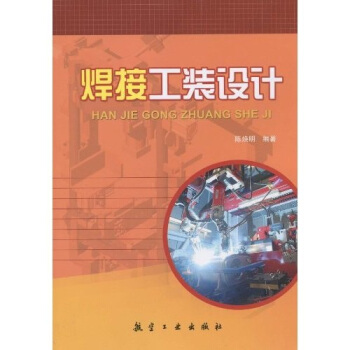

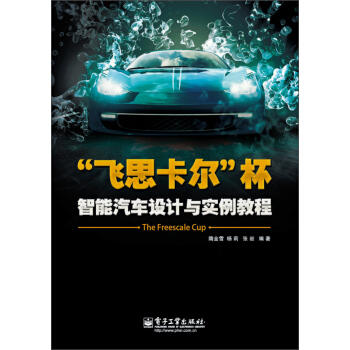
![中华人民共和国国家标准:冷库设计规范(GB 50072-2010) [Code for Design of Cold Store] pdf epub mobi 电子书 下载](https://pic.tinynews.org/11545200/541bf856N92dc8f12.jpg)
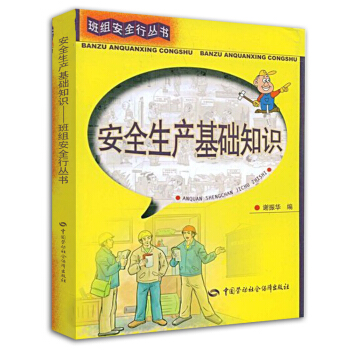
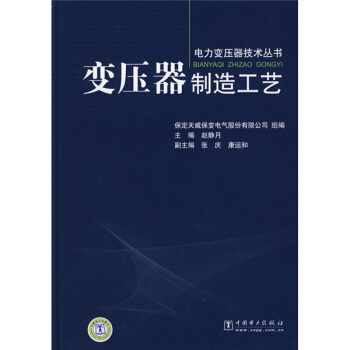

![服装素描技法 [Fashion Drawing] pdf epub mobi 电子书 下载](https://pic.tinynews.org/11504051/53c8fb93Nee6dfb7c.jpg)
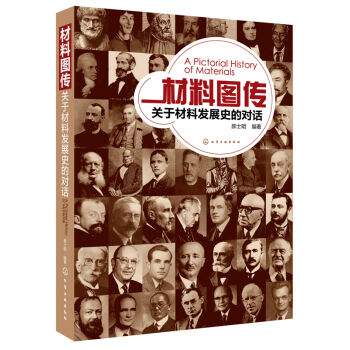
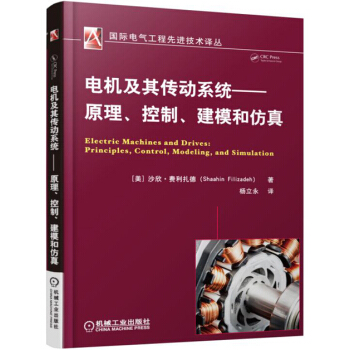
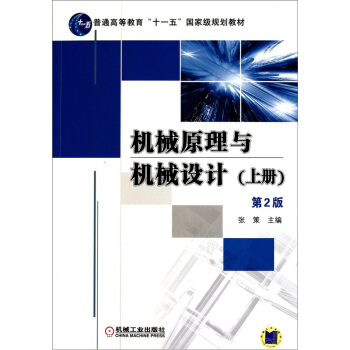

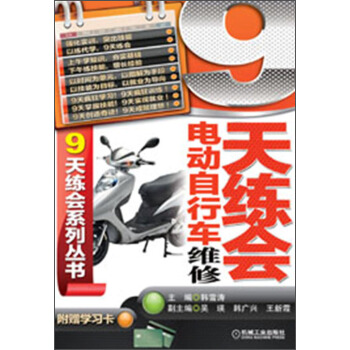
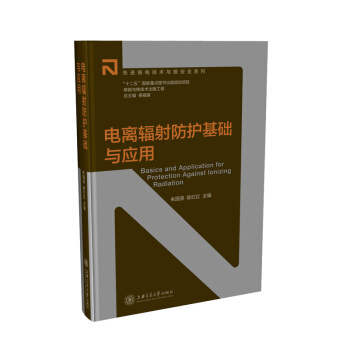
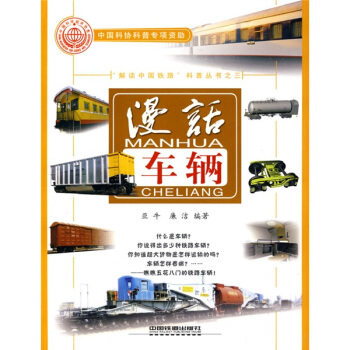
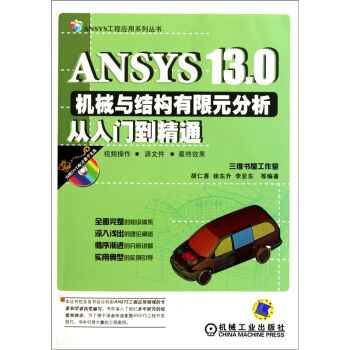
![中华人民共和国行业标准(JGJ 214-2010·备案号J 1071-2010):铝合金门窗工程技术规范 [Technical Code for Aluminum Alloy Window and Door Engineering] pdf epub mobi 电子书 下载](https://pic.tinynews.org/11013870/rBEIDE_e9FAIAAAAAAAcuqpQtRUAAAwmwI-VYsAABzS158.jpg)
